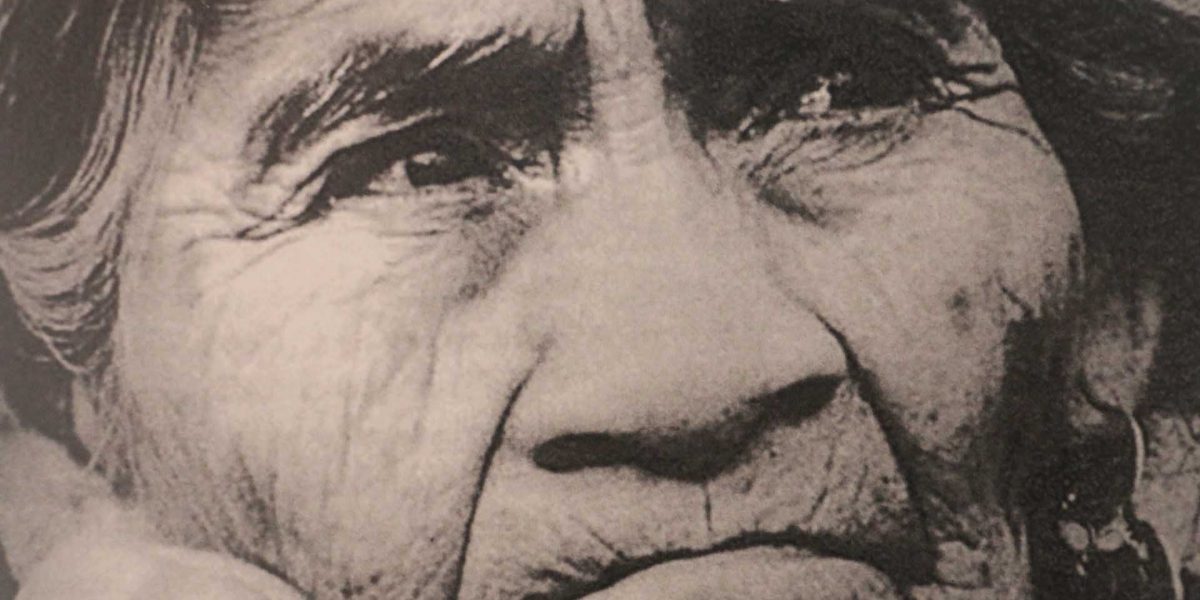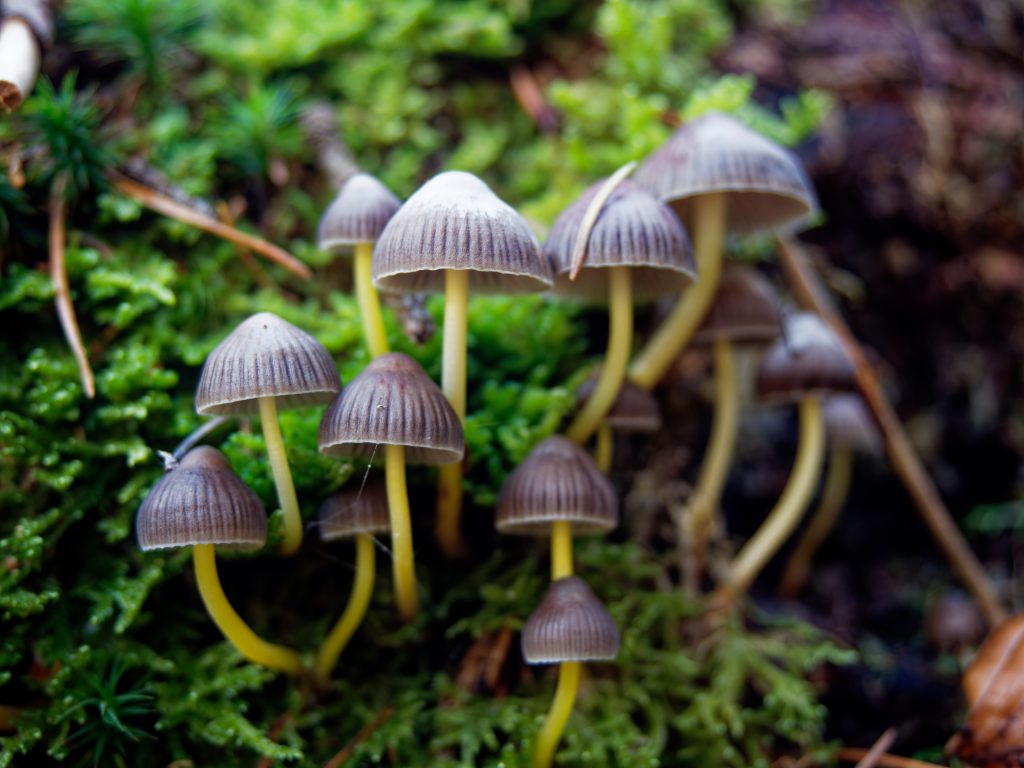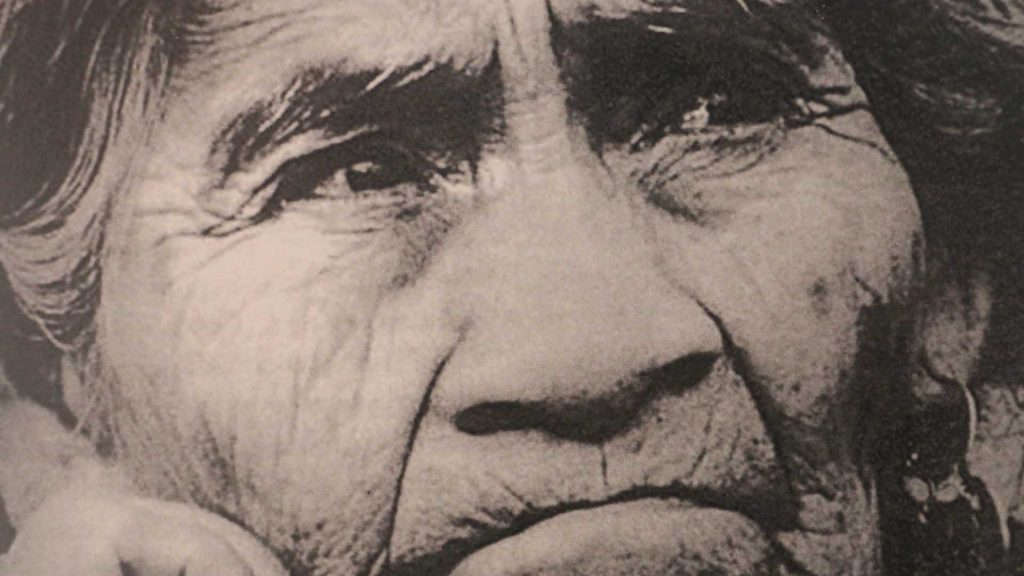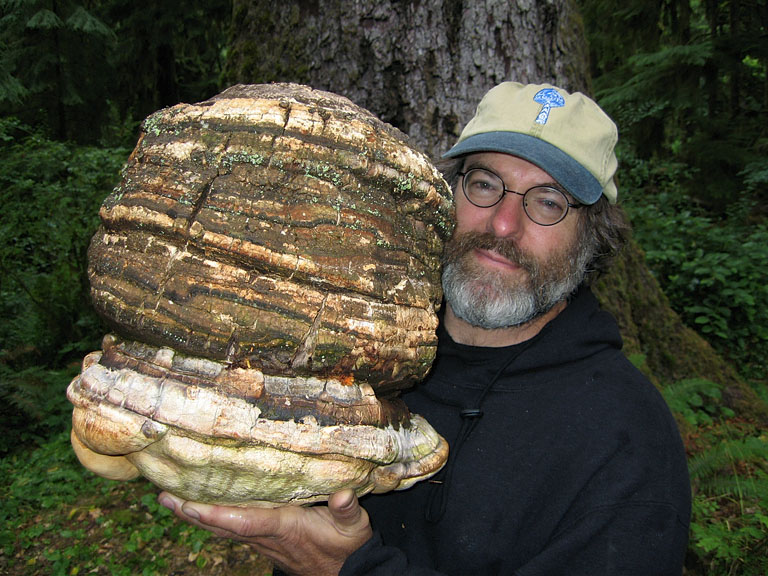
in this article
- Introduction
- The Early Years: First Appearances In Human Cultures
- Mushrooms in Modern Times
- The Great Mushroom Teachers
- Closing Thoughts
Are you 18 or older?
Please confirm that your are 18 years of age or older.
You are not allowed to access the page.


Disclaimer: The views and opinions expressed in this article are those of the authors and do not necessarily reflect the official policy or position of Chemical Collective or any associated parties.
Magic mushrooms have been used by humans for millennia, dotting our history and influencing cultures worldwide. You can find their influence in Mexico, Australia, and even parts of Europe, with spiritual deities and sacred ceremonies commonly associated with their use. Despite our long connection to shrooms, though, there are still deep questions surrounding them. The active ingredient, psilocybin, has long been a mystery. Even with all of our modern advances in science, nobody can come to a solid, foolproof conclusion on how psilocybin could evolve in the natural world.
Some scientists believe it evolved to deter bugs from consuming it [1], but others, on the contrary, argue that it attracts insects [2]. Furthermore, it has no obvious nutritional benefit and occurs in over 200 species of mushrooms [3], many of which have little else in common with each other. Whatever the truth behind these extraordinary creatures may be, there is no denying that mushrooms have had a profound mark on human existence, regardless of whether or not you have personally consumed any.
In recent years, the global psychedelic renaissance has begun to turn the tide back towards connecting with our spiritual and natural sides, as many have “woken up” to see how damaging our current ways of life are towards the earth. What role in this do mushrooms play?
There is no animal kingdom on earth older than that of the fungi. They landed on Earth billions of years ago, creating the first inklings of every bit of life currently thriving on this planet. They connect trees to one another, give countless creatures food and medicine, break down deceased organic life and turn it into something new. We share more DNA with mushrooms than we do with dozens of other animal species, but they are nevertheless in their own league, with over a million different strains and twenty thousand that fruit above the ground.
Nobody knows exactly when humans began ingesting mushrooms, but some mycologists believe it was before humans technically even existed. One such facet of mushroom lovers subscribes to the “Stoned Ape Theory,” which posits that human consciousness developed due to our pre-human ancestors coming across and ingesting psilocybin-infused strains in the wild; jumpstarting the evolutionary selection process that led to the emergence of the frontal lobe and the human species [4]. This was originally put forth by renowned psychedelic leader Terence Mckenna and was initially dismissed by those in the science community as rubbish. However, as decades have passed since Mckenna made this famous claim, the tide is beginning to turn in his favor. One famous mycologist, Paul Stamets, spoke at a psychedelic conference in 2017 on a major evolutionary “doubling” that occurred between 2 million and 200,000 years ago. The size of the human brain nearly tripled in size and led us to begin to make tools, language, and form communities [5]. This theory holds some weight, as mushrooms have been demonstrated to form neuron-like connections in nature and the human brain, rapidly increasing cognitive function. While this may just be a theory, if true, it could mean that humans owe our entire consciousness to mushrooms.
Although there are many references in art and culture to mushrooms dating within the last ten thousand years or so, the oldest references are attributed to indigenous Bradshaw and Sandawe tribes on the Australian continent. They created cave paintings that may have been painted while they were in trance-like mushroom states [6]. Scientists disagree on the exact years, but theories run that this cave art is anywhere from 17,000-100,000 years old. This would shatter many predictions about when and where art and culture began, as it was previously thought that the oldest discovered cave paintings were in Spain. While the art is open for some interpretation, this belief that these paintings are psilocybin-based stems from a group of paintings depicting mushroom headed-humans. There were also paintings of shamans with bags used to transport the mushrooms for ceremonies [7].
There are potential references to mushrooms dappled throughout the centuries. Cave paintings in North Africa could depict trips [8] as far back as 9000 B.C. More cave paintings in Europe demonstrate they may have discovered the magic by 4000 B.C. [9]. They appeared in Japanese literature by the 12th century [10] and in Chinese and East Asian art by the 18th [11]. They grow on every continent except Antarctica, potentially coming in contact with millions of humans through time.
One cannot discuss the history of psilocybin without touching on the Mayans, Aztecs, and the modern tribes that descend from them in Central America, where mushrooms and rituals were deeply important for spiritual growth. There is perhaps no culture on the planet that better understood the power behind these organisms. They would combine them with other trance-inducing substances like peyote or morning glory seeds to allow tribe members to have visions and communicate with their gods. Researchers have found ample evidence of these ceremonies, with mushroom-headed statues dated as far back as 1,000 B.C. There are also several deities based out of Central America that are pictured with mushrooms, including one named Seven Flowers, the Mixtec god of hallucination [12]. Many of the remaining tribes scattered throughout those lands still do spiritual ceremonies with substances such as ayahuasca or peyote, and it’s turned into a booming modern-day tourist industry with thousands of people flying in from all over to have out-of-body experiences with shamans.
The modern mushroom renaissance began several decades ago in the 1950s when two mushroom researchers named R. Gordon Wasson and Roger Heim traveled to Mexico to study the local plants. They participated in a psilocybin ritual with famed shamans Maria Sabina and her son Don Aurelio, and were blown away by the transformative visions. Upon returning to America, they documented their story in Life magazine in an article published in 1957. This was the first use of the term “magic mushrooms”[8].
The scientific communities took a great interest in shrooms after the publication of this article. As the American counterculture movement started to spread in the 1960s and 1970s, they began to study the effects of fungi on the brain. Their early findings of its benefits against addiction, autism, depression, and more[13] proved fascinating and laid the groundwork for the modern psychedelic use that’s beginning in therapy (read more about mushrooms and mental health here). The more we understood about mushrooms, the more they spread and influenced music, movies, art, and greater culture as a whole. One need only look at the influence of world-altering events like the Woodstock Music and Arts Festival in 1969 to understand the role psychedelics were beginning to play in contemporary human history. People were rejecting the restrictive roles society placed on them, whether through gender, sexuality, or race. Thousands of people turned their backs on conventional living and embraced peace, love, and a connection to nature.

Governments quickly caught on to what was happening, and in 1968 psilocybin and psilocin mushrooms were made illegal in America, followed by the United Nations classifying them as a Schedule 1 drug (on par with heroin and methamphetamines) in 1971. This led to the ban of magic mushrooms in nearly every country on the planet. They claimed there was a “high potential” for abuse and detrimental health effects, which have been repeatedly proven to be untrue[14]. The United Kingdom came out with the Misuse of Drugs Act in 1971, and even Amsterdam banned the drug in the ‘70s, although there were legal loopholes left open until 2007. Unfortunately, the famously conservative Nixon administration in America began the highly controversial and detrimental War on Drugs and started a rampant misinformation campaign that slandered psilocybin and its many benefits. One famous quote from Nixon’s advisor demonstrates their true aims in this fruitless war:
“The Nixon campaign in 1968, and the Nixon White House after that, had two enemies: the antiwar left and black people,” Ehrlichman said. “We knew we couldn’t make it illegal to be either against the war or black, but by getting the public to associate hippies with marijuana and blacks with heroin, and then criminalizing both heavily, we could disrupt those communities. We could arrest their leaders, raid their homes, break up their meetings, and vilify them night after night on the evening news. Did we know we were lying about the drugs? Of course we did.” [15]
For several decades this strategy seemed to pay off, instilling a great public distrust against hallucinogenic drugs. Luckily, thanks partly to the rise of the internet and open access to information, the tide has begun to turn back in favor of psychedelics. Several states in America have recently passed legislation that either decriminalizes or legalizes psilocybin mushrooms, and studies about their benefits in therapy are skyrocketing.
There is no telling what’s next for these fantastic fungi, but society worldwide is changing rapidly. Humans are learning about the many benefits and uses of psilocybin and applying them to their own lives and traumas, with astounding results. If things keep up this way, we may see a world where mushrooms are legal and accessible as both medicine and recreational tools. Only time will tell.
Many figures throughout the last century have had an invaluable impact on our understanding of magic mushrooms, but a few stand out from the crowd in a unique way. One such character is the infamous shaman María Sabina Magdalena García, known as the “priestess of mushrooms.” She was born in a small Mexican town called Huautla de Jiménez in 1894 to a family with many shamans in its lineage. Sabina took her first dose of mushrooms around age seven, began spiritual interfacing with ancestors, and developed her own unique rituals around the fungi. Over time, she added elements of tobacco, chants, and ointments to enhance her ceremonies and heal those who came to her with various ailments. In addition, she believed that the mushrooms allowed users to connect with parallel universes [16].

Her rituals became wildly popular in Mexico around the 1950s as she perfected her craft and began to attract the notice of others around the world. This was what led Wesson and Haim to her in 1957, and spurred her further into mainstream fame and the limelight with the publication of their Life magazine article. A massive influx of visitors began to stream into her village, seeking her psychedelic experiences. Unfortunately, many of these visitors wanted to trip for fun rather than connect spiritually the way Maria Sabina intended. This began to have a detrimental effect on her life, as members of her town turned against her and accused her of doing the rituals for profit and selling out her culture. She wasn’t one to turn people away but always emphasized that the mushrooms were intended to be used for healing. This controversy surrounded her until her death in 1985. Wesson has since expressed guilt at bringing this to her town and effectively ending a three-century long practice. Still, it may please Sabina to know that mushrooms are now once again being used to heal the sick in psychotherapy trials.
“Am I not good?” she would ask the spirits. “I am a creator woman, a star woman, a moon woman, a cross woman, a woman of heaven. I am a cloud person, a dew-on-the-grass person.” [17]
Another more contemporary figure in psychedelics is Paul Stamets, who we briefly touched on earlier. A lifelong, self-taught mycologist and mushroom-lover, he has had an incredible influence on education around psilocybin. He travels around the country lecturing on the various uses of mushrooms, both psychedelic and otherwise. He first discovered his love of mushrooms when he was fresh out of college, working as a logger in the 1970s. From there, he made it his mission to learn everything he could about fungi and has since personally discovered and named numerous species. He’s received countless awards, written six books on mushrooms, worked directly with the Pentagon, and founded his own mushroom company where he sells products designed to help people with various ailments or brain-food-based needs [18].
Although his love of fungi expands far beyond just psilocybin, he’s been instrumental in promoting mushrooms and their countless benefits, as well as fighting to preserve rare mushroom species in the face of rapid climate change. One book, however, focuses exclusively on the psychedelic aspects of his world. Dubbed Psilocybin Mushrooms of the World, it is perhaps one of the most comprehensive guides to magic mushrooms ever written. This field guide documents nearly 100 different species for those who wish to hunt them personally or those who wish simply to know more about them and has been a valuable resource to those who grow or synthesize the fungi. In addition, he credits magic mushrooms with curing his debilitating childhood stutter, and like Maria Sabina, is a fierce advocate for their healing powers. The recent Netflix documentary Fantastic Fungi centers around Stamets and his research, doing a comprehensive deep dive into his life’s work.

This gentle man has perhaps done more for modern mushroom research than anyone else on earth and has the fame to prove it. Whether it’s his recent work and the character named after him on Star Trek: Discovery, his wide-reaching TED Talks, or his lectures at prominent EDM festivals, he can be found spreading his passion wherever he goes.
Magic mushrooms and humans have been closely intertwined for millennia, learning and growing and changing together. As more scientific discoveries around them become publicized, we may find even more startling and beautiful interactions between psilocybin and the human brain that we can’t comprehend just yet. Their underground mycelium networks have more connections than the neural networks in our brains, and have the potential to rewrite our thought processes and heal mental illness. If we let them, mushrooms could change the scope of human life forever – at an even grander scale than they already have.
Emily Mullins | Community Blogger at Chemical Collective
Emily is one of our community bloggers here at Chemical Collective. If you’re interested in joining our blogging team and getting paid to write about subjects you’re passionate about, please reach out to David via email at blog@chemical-collective.com
Welcome to Chemical Collective.
Create an account to earn 200 welcome points.
Already have an account? Sign in
Check out our Community Blog and get involved with the conversation. You will be awarded 50 x ChemCoins for each comment up to a limit of 250 total ChemCoins.
Have you purchased any of our products? Reviews and reports are so important to the community. Share your honest opinion, and we’ll reward you with 50 ChemCoins for each review!
Every time you complete an order with us, you’ll be awarded ChemCoins for each Euro spent.
Welcome to Chemical Collective.
Create an account to earn 200 welcome points.
Already have an account? Sign in
Earn commission every time someone makes a purchase through your link.
When you become an affiliate, you will be allocated a unique link to share with your friends, followers, subscribers, or Aunt Susan.
You can choose to payout the commission earned once per month, or save it up to receive on a rainy day! Commission earned is 5% of the total order value per referral.
Contact us to join the Chemical Collective family and become an affiliate.
share your toughts
Join the Conversation.
you know how to catch an audience. It personnaly changed all the vision I have of life
One certainly subjectively feels a sort of connection to the idea “beginning of consciousness” after consuming mushrooms.
Very informative, thank you
I have only cultivated a life-long relationship with lysergamides thus far. Psilocybin has always been unfairly shunned. Thank you for helping in dispelling common misconceptions. Hopefully, medical research will help legalise it.
Shrooms are the teachers of life ! this unique and wonderfull sensation of being ALIVE is just a blast
Shrooms have changed my life